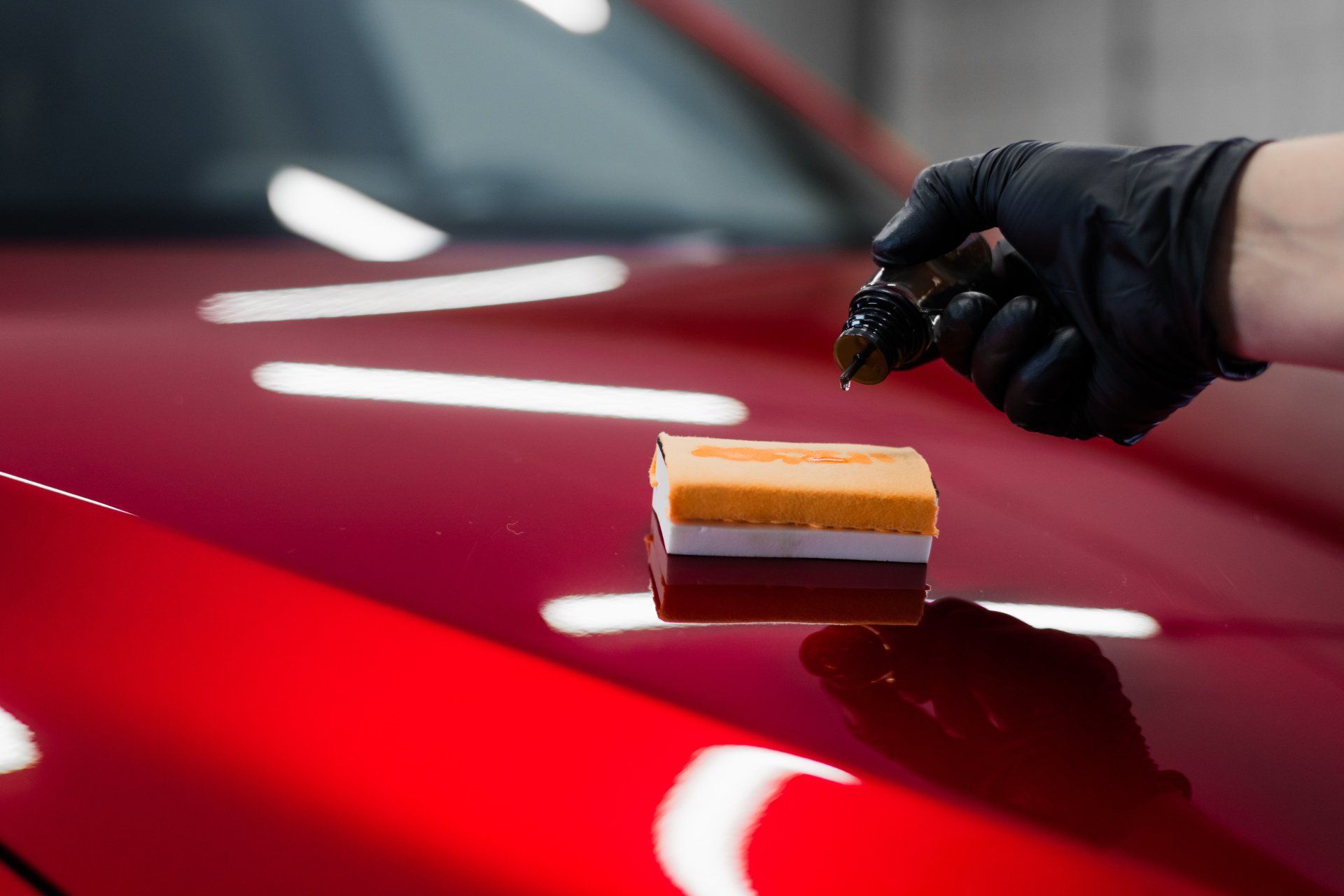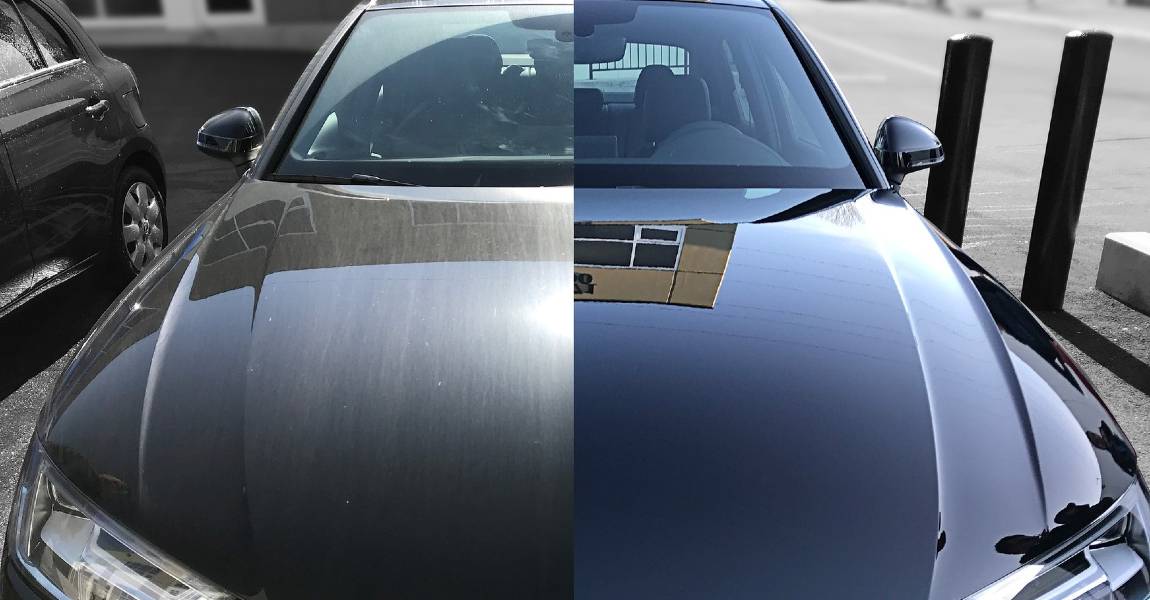Choose trusted auto detailing for a precise interior and exterior cleaning.
Choose trusted auto detailing for a precise interior and exterior cleaning.
Blog Article
A Comprehensive Overview to the Kinds Of Ceramic Finish on the marketplace
Ceramic layers have arised as a critical solution across various sectors due to their unique buildings and applications. As we explore the distinctive qualities and applications of these finishes, the effects for efficiency and long life come to be significantly apparent, raising questions about which type might finest fit your demands.
Recognizing Ceramic Coatings
Ceramic coverings are innovative protective options that have actually gained popularity in various industries, specifically in vehicle and aerospace applications. These layers consist of a liquid polymer that, when healed, creates a sturdy, hydrophobic layer externally of the substratum. This layer offers enhanced resistance to environmental contaminants, UV radiation, and chemical direct exposure, therefore expanding the life and aesthetic appeal of the underlying material.
The fundamental component of ceramic finishings is silica, which adds to their firmness and longevity. The application procedure generally entails surface preparation, application of the covering, and healing, which can be attained with heat or UV light. Once treated, ceramic finishes display outstanding bonding homes, allowing them to stick highly to a variety of surface areas, including metals, plastics, and glass.
In addition to their safety features, ceramic layers likewise offer simplicity of maintenance. Their hydrophobic nature lowers the adherence of dirt and crud, making cleaning less complex and less constant. Generally, the adoption of ceramic finishes represents a substantial improvement in surface defense modern technology, providing both useful and visual advantages throughout numerous fields.
Kinds of Ceramic Coatings
Different sorts of ceramic finishings are offered, each developed to fulfill particular efficiency demands and applications - ceramic coating sarasota. The most usual kinds include:
Silica-based Coatings: These layers mainly include silicon dioxide and are recognized for their sturdiness and chemical resistance. They are extensively used in vehicle and industrial applications.
Titanium Dioxide Coatings: Distinguished for their photocatalytic homes, titanium dioxide coatings are typically used in settings where self-cleaning and antifungal buildings are desirable, such as in structure materials and automotive finishes.
Zirconia Coatings: Characterized by their high-temperature stability and thermal resistance, zirconia finishings are used in applications such as generator engines and high-performance auto parts.
Alumina Coatings: Exhibiting exceptional solidity and thermal security, alumina coatings are often utilized in wear-resistant applications, consisting of reducing tools and commercial machinery. - Car Detailing
Crossbreed Coatings: Incorporating the homes of various materials, hybrid coatings supply improved efficiency attributes, making them appropriate for distinct and requiring applications.
Each kind of ceramic finishing serves distinct objectives, enabling individuals to select one of the most appropriate solution based on certain ecological problems and performance demands.
Benefits of Ceramic Coatings
Ceramic layers, in specific, offer countless benefits that make them increasingly preferred among makers and consumers alike. These finishings are resistant to scratches, look at this website chemicals, and UV rays, making certain that the underlying surface area stays secured over time.
In enhancement to toughness, ceramic coatings offer excellent hydrophobic buildings, permitting easy cleansing and maintenance. This water-repellent nature minimizes the adherence of dust, grime, and other contaminants, which can prolong the aesthetic charm and performance of the surface area. Ceramic finishes can significantly improve thermal resistance, making them ideal for applications that sustain high temperatures.

Application Refine
When applying ceramic coverings, a thorough technique is vital to achieve optimum results. The application procedure usually begins with detailed surface preparation. This entails washing, decontaminating, and polishing the surface area to remove all impurities, including dirt, grease, and prior waxes or sealants. A clean surface area guarantees appropriate bond of the coating.
As soon as the surface area is prepped, the following step is to use the ceramic finishing. The coating should be used in slim layers, as thicker applications can lead to uneven finishes.
After application, the layer needs a details treating time, normally ranging from a couple of hours to a complete day, depending upon the item. Throughout this moment, it see page is vital to avoid exposure to moisture or pollutants. Ultimately, a mild buffing may be required after healing to enhance the gloss More hints and eliminate any kind of high spots. Adhering to these steps faithfully will take full advantage of the performance and longevity of the ceramic coating, supplying a resilient protective layer for the surface area.
Maintenance and Long Life
To guarantee the longevity and performance of a ceramic finish, routine maintenance is essential. Ceramic coatings, recognized for their sturdiness and protective high qualities, require certain treatment regimens to optimize their life-span and performance. The initial step in maintenance entails routine cleaning with pH-neutral soap, staying clear of extreme chemicals that can break down the covering. It is advisable to clean the car regularly, ideally every two weeks, to stop the build-up of contaminants that could jeopardize the covering's stability.
Along with routine cleaning, regular evaluations are important. Seek indicators of wear or damage, such as hydrophobic homes diminishing or surface imperfections. If essential, a light gloss might be applied to revitalize the finish without removing it away.
In addition, the application of a booster spray can enhance the coating's hydrophobic effects and restore its gloss. This is particularly helpful for layers that have remained in usage for an extended period. Eventually, by adhering to these upkeep practices, one can dramatically prolong the life of a ceramic finishing, guaranteeing that it remains to offer ideal security against environmental elements and maintain the aesthetic appeal of the lorry.
Conclusion

Report this page